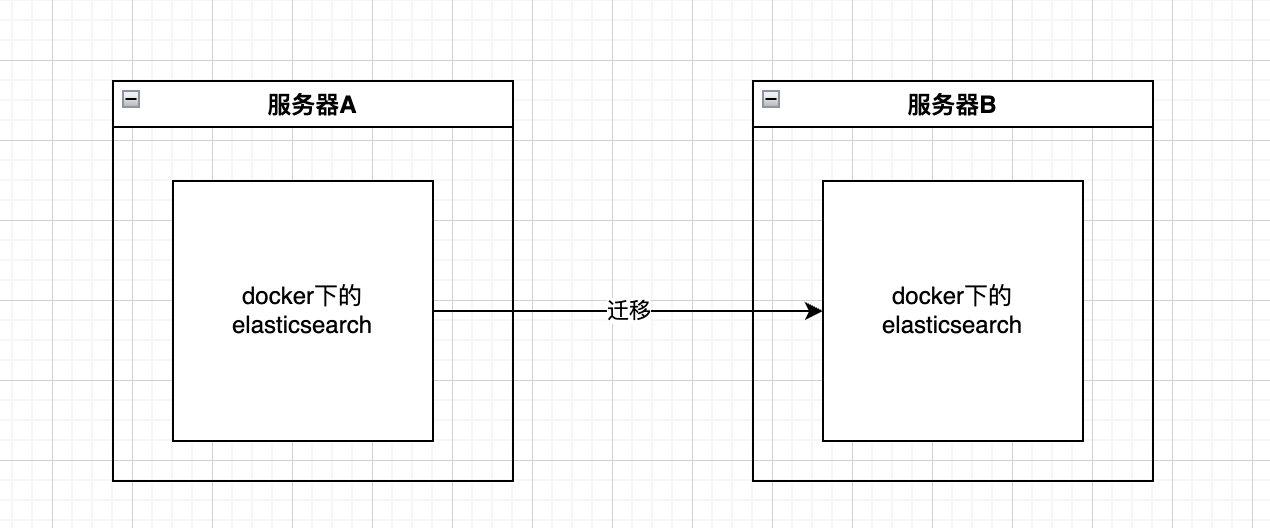Elasticsearch6.1.2源码下载和编译构建
Elasticsearch6.1.2源码下载和编译构建

程序员欣宸
发布于 2019-05-29 09:15:02
发布于 2019-05-29 09:15:02
代码可运行
运行总次数:0
代码可运行
为了深入学习elasticsearch,研究其源码是种有效途径,本文简述了从下载到编译构建再运行起来的全部过程;
环境信息
- 操作系统:Ubuntu 18.04.2 LTS
- JDK:1.8.0_191
- Gradle:4.6
- elasticsearch:6.1.2
请确保JDK和Gradle已安装在Ubuntu电脑上,并且环境变量设置成功;
账号问题
由于elasticsearch要求以非root身份启动,因此本次实战用的不是root账号,以下命令可用来创建admin账号:
groupadd admin && useradd -d /home/admin -g admin -m admin下载源码
- 源码下载地址是:https://github.com/elastic/elasticsearch/releases
- 上述网站中有各个版本的release,找到我们需要 的6.1.2版本,然后下载压缩包,如下图:

- 将源码下载到Ubuntu电脑上,执行tar -zxf elasticsearch-6.1.2.tar.gz解压后,得到新的文件夹elasticsearch-6.1.2;
修改源码
为了证明修改的源码可以正常构建和运行,我们来修改一个java文件,在里面打印一些日志;
- 进入前面解压得到的文件夹elasticsearch-6.1.2;
- 打开文件core/src/main/java/org/elasticsearch/node/Node.java,增加一个静态方法,作用是打印当前线程堆栈情况,内容如下:
public static void printTrack(Logger logger, String prefix){
StackTraceElement[] st = Thread.currentThread().getStackTrace();
if(null==st){
logger.info("invalid stack");
return;
}
StringBuffer sbf =new StringBuffer();
for(StackTraceElement e:st){
if(sbf.length()>0){
sbf.append(" <- ");
sbf.append(System.getProperty("line.separator"));
}
sbf.append(java.text.MessageFormat.format("{0}.{1}() {2}"
,e.getClassName()
,e.getMethodName()
,e.getLineNumber()));
}
logger.info(prefix
+ "\n************************************************************\n"
+ sbf.toString()
+ "\n************************************************************");
}- 找到Node.java的如下方法:
protected Node(final Environment environment, Collection<Class<? extends Plugin>> classpathPlugins) {
final List<Closeable> resourcesToClose = new ArrayList<>(); // register everything we need to release in the case of an error
boolean success = false;
{
// use temp logger just to say we are starting. we can't use it later on because the node name might not be set
Logger logger = Loggers.getLogger(Node.class, NODE_NAME_SETTING.get(environment.settings()));
logger.info("initializing ...");
}在logger.info(“initializing …”);这一行代码下面增加下面这一行内容,作用是在elasticsearch启动时打印Node类实例的调用堆栈:
printTrack(logger, "Here is stack of Node instance");保存好再退出,接下来可以编译了;
编译构建
- 进入文件夹elasticsearch-6.1.2,执行命令./gradlew assemble即可开始编译,下载依赖会消耗大量时间,因此请耐心等待,编译过程中CPU占用略高,如下图:

- 大约10多分钟后,编译构建成功,控制台如下所示:
...
> Task :test:fixtures:old-elasticsearch:javadocJar
Building without git revision id.
> Task :test:fixtures:old-elasticsearch:sourcesJar
Building without git revision id.
BUILD SUCCESSFUL in 11m 3s
473 actionable tasks: 473 executed- 编译完成后,进入目录elasticsearch-6.1.2/distribution/tar/build/distributions可以见到构建成功的结果:elasticsearch-6.1.2-SNAPSHOT.tar.gz,这就是可用的elasticsearch-6.1.2;
- 构建结果文件以SNAPSHOT作为文件名后缀,如果不想要此后缀,在编译的时候改用以下命令即可:
./gradlew assemble -Dbuild.snapshot=false验证构建的elasticsearch是否可用
- 解压elasticsearch-6.1.2-SNAPSHOT.tar.gz到一个目录下;
- 进入目录elasticsearch-6.1.2-SNAPSHOT/config,修改network.host的配置为0.0.0.0,如下图:

- 进入目录elasticsearch-6.1.2-SNAPSHOT/bin,执行./elasticsearch命令启动服务;
- 在控制台可以看到新增的代码打出的日志,将Node类的调用堆栈打印出来了,我们也借此机会了解到elasticsearch启动时的涉及到的关键类:
[2019-04-20T04:02:55,785][INFO ][o.e.n.Node ] [] initializing ...
[2019-04-20T04:02:55,789][INFO ][o.e.n.Node ] [] Here is stack of Node instance
************************************************************
java.lang.Thread.getStackTrace() 1,559 <-
org.elasticsearch.node.Node.printTrack() 953 <-
org.elasticsearch.node.Node.<init>() 255 <-
org.elasticsearch.node.Node.<init>() 245 <-
org.elasticsearch.bootstrap.Bootstrap$5.<init>() 212 <-
org.elasticsearch.bootstrap.Bootstrap.setup() 212 <-
org.elasticsearch.bootstrap.Bootstrap.init() 322 <-
org.elasticsearch.bootstrap.Elasticsearch.init() 121 <-
org.elasticsearch.bootstrap.Elasticsearch.execute() 112 <-
org.elasticsearch.cli.EnvironmentAwareCommand.execute() 86 <-
org.elasticsearch.cli.Command.mainWithoutErrorHandling() 124 <-
org.elasticsearch.cli.Command.main() 90 <-
org.elasticsearch.bootstrap.Elasticsearch.main() 92 <-
org.elasticsearch.bootstrap.Elasticsearch.main() 85
************************************************************- 我的ubutnu电脑的IP地址是192.168.50.75,因此用浏览器访问此地址:http://192.168.50.75:9200 ,返回内容如下所示:

至此编译构建elasticsearch6.1.2成功,在您编译构建elasticsearch的时候,希望本文能给您提供参考;
建议
除了修改和编译源码,通过IntelliJ IDEA远程调试elasticsearch也是有效的学习手段,推荐您参考文章《IntelliJ IDEA远程调试Elasticsearch6.1.2》。
本文参与 腾讯云自媒体同步曝光计划,分享自作者个人站点/博客。
原始发表:2019年04月20日,如有侵权请联系 cloudcommunity@tencent.com 删除
评论
登录后参与评论
暂无评论
推荐阅读
编辑精选文章
换一批
推荐阅读
相关推荐
讲得最明白的Elasticsearch源码调试环境搭建教程
更多 >










